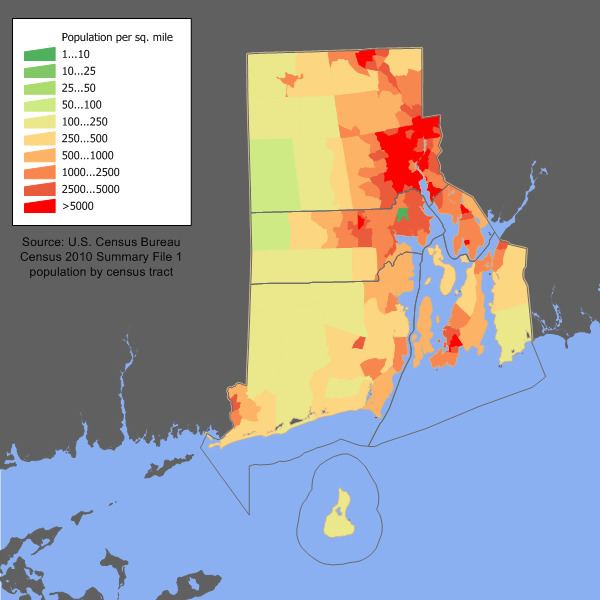 | ||
Solar power in Rhode Island has become economical due to new technological improvements and a variety of regulatory actions and financial incentives, particularly a 30% federal tax credit, available through 2016, for any size project. A typical residential installation could pay for itself in utility bill savings in 14 years, and generate a profit for the remainder of its 25 year life. Larger systems, from 10 kW to 5 MW, receive a feed-in tariff of up to 33.45¢/kWh.
Contents
Due to the state's small size and comparatively low insolation, solar installations are limited to predominantly rooftop and megawatt scale installations. Approximately 23% of electricity used in Rhode Island could be provided from rooftop solar panels. A 10 to 15 MW photovoltaic power plant is planned for a former landfill in East Providence.
Government policy
The Government of Rhode Island has taken a variety of actions in order to encourage solar energy use within the state. Nineteen schools have installed a 2 kW or larger solar panel that can be monitored on the Internet, similar to the programs in Australia and New Zealand. A variety of solar arrays have been installed at state facilities, which can also be monitored.
Net metering
The state has a net metering program that allows installations of up to 5 MW of on-site electrical generation to continuously roll over any excess generation to the next month, or purchased at avoided cost. Participation is limited to 3% of utilities peak demand for Block Island Power Company and Pascoag Utility District. National Grid has no limit. Peak demand for the state for 2011 was 21,477 MW.
Renewable portfolio standard
The state adopted a Renewable Portfolio Standard (RPS) in 2004 which requires that 16% of Rhode Island's electricity come from renewable resources by 2019.
